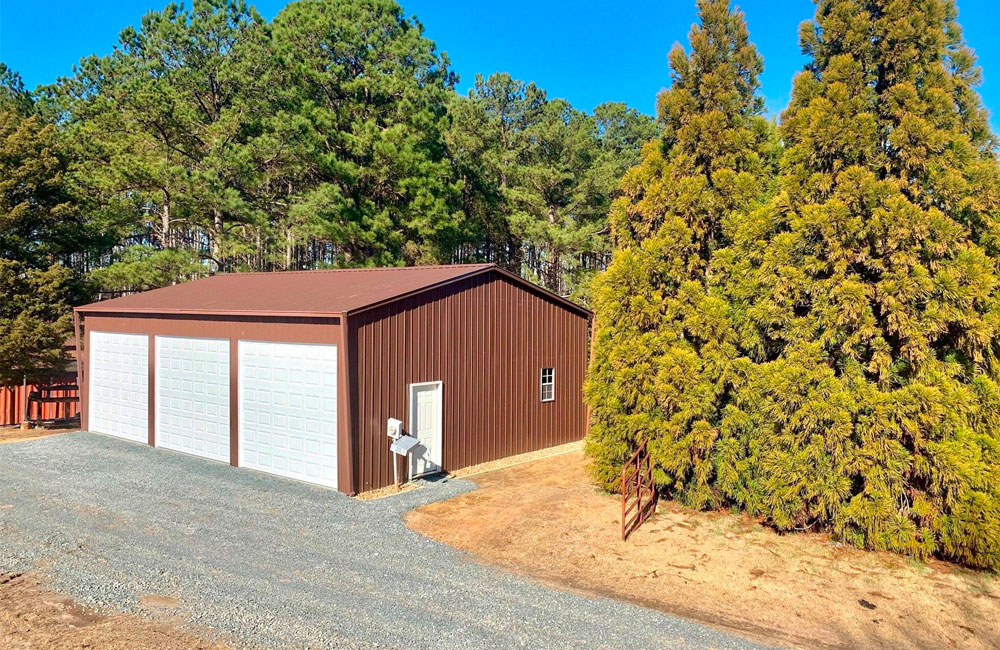
Steel buildings are celebrated for their durability and versatility, but like any structure, they come with their own set of safety considerations. Understanding these risks and implementing preventive measures is essential for maintaining a secure and resilient steel building.
Structural Integrity Checks
Regular inspections of the steel structure are paramount to identify any signs of wear, corrosion, or damage. Issues with structural integrity can compromise the overall safety of the building. Addressing these concerns promptly ensures the longevity of the structure.
Fire Safety Measures
While steel is inherently fire-resistant, it is crucial to consider the contents within the building. Implement fire safety measures such as proper storage of flammable materials, installation of fire extinguishers, and adherence to local building codes. These precautions help mitigate the risk of fire-related incidents.
Lightning Protection
Steel buildings can act as conductors during lightning storms, potentially leading to structural damage or fires. Installing lightning protection systems, such as rods and grounding, helps channel electrical discharges safely to the ground, minimizing the risk of lightning-related hazards.
Ventilation and Air Quality
Proper ventilation is essential to maintain good air quality within the steel building. Stagnant air can lead to issues like mold growth, which poses health risks and can compromise the integrity of the building. Implementing ventilation systems ensures a healthy and comfortable environment.
Slip and Fall Prevention
Flooring surfaces within steel buildings should be designed to prevent slips and falls. Consider anti-slip coatings, proper drainage systems, and routine cleaning to minimize the risk of accidents, especially in areas prone to moisture or spills.
Equipment Safety
If the steel building houses machinery or equipment, ensuring proper safety protocols is vital. Conduct regular maintenance checks, provide necessary training for equipment operators, and clearly label safety zones to prevent accidents.
Emergency Exit Planning
Establish clear emergency exit routes and ensure that they are easily accessible. Regularly conduct drills to familiarize occupants with evacuation procedures. Adequate signage and lighting contribute to a swift and safe evacuation in case of emergencies.
Conclusion
Navigating safety risks in steel buildings requires a proactive and comprehensive approach. Regular inspections, adherence to safety codes, and the implementation of preventive measures contribute to creating a secure environment for occupants and ensuring the long-term durability of the steel structure. By prioritizing safety, you can enjoy the benefits of a robust and resilient steel building.
